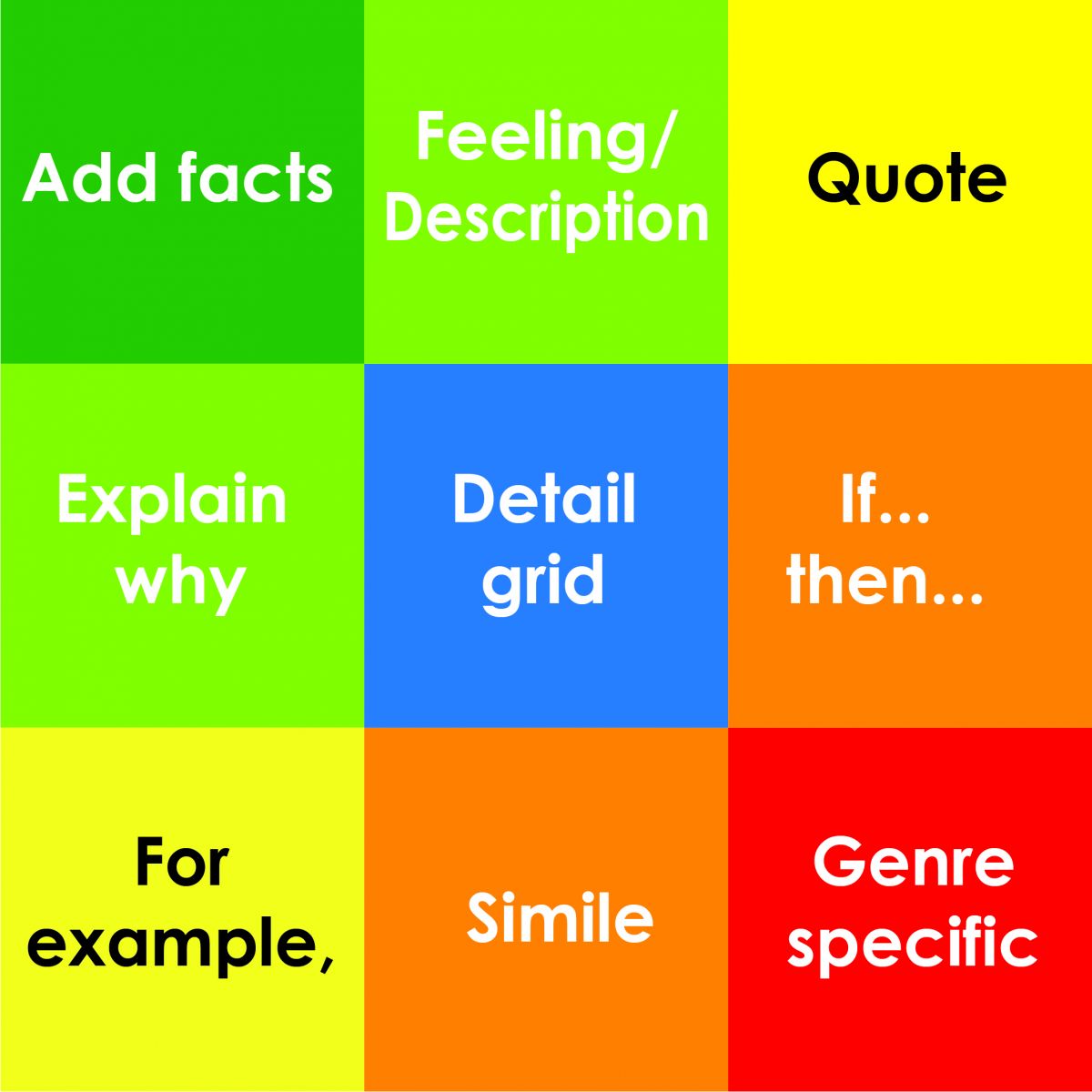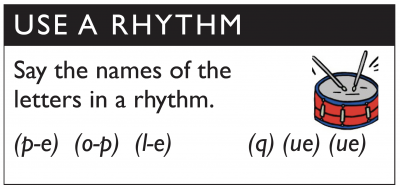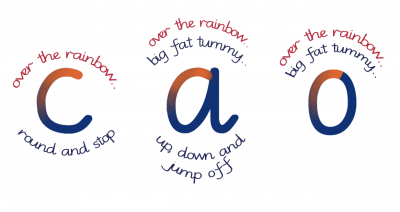Our writing genres
Writing creatively and academically is developed through all writing types. We ensure we have an ambitious and engaging balance between different styles of writing. This is planned carefully to build up grammatical structures, organisation and sophistication and formality of the language or 'register' of the writing as the text types are revisited throughout the years. We delay teaching some text types as they are more complex or revisit those which need more practice in multiple contexts.
Our whole school progression overview of writing shows the full coverage for each aspect of writing from Nursery to Year 6.
We have a clear progression in the types of writing children experience to ensure a rich and varied curriculum with an appropriate range of narrative, non-narrative and poetry writing each year. It is shown alongside the text or stimulus for writing in our year overviews.
Q1E English Year Group Overviews
Year 1, Year 2, Year 3, Year 4, Year 5, Year 6
Narrative
Story-telling and story writing are key element in every year group. Different story types are built into our curriculum. Narratives cover common themes and structures of story including overcoming the monster, quest, voyage and return, rags to riches, rebirth, comedy, tragedy.
Non Narrative
Ensuring a clear purpose for writing means that for non-narrative writing there is often a clear link to other curriculum areas. Equally, this may be stimulated by a particular aspect of a class reading text.
We have a clear structure to the development of non-narrative writing and each text type has clear articulation of the features expected in different year groups and model texts for teachers to use to guide the standard and style.
You can find further detail about the progression of each non-narrative style here:
| Text type |
Purpose |
| Review |
to respond to a text, an event or viewpoint |
| Recount |
to recount an event that has happened |
| Information |
to inform the reader about a thing, idea or concept |
| Explanation |
to explain why or how something happens |
| Procedure |
to instruct what and how to do something |
| Persuasion |
to influence someone’s thinking or behaviour |
Poetry
Each year group have an engaging and diverse poetry curriculum with a range of classic and contemporary poets and poetry. Writing poetry is developed through exposure to the wide variety of styles and forms matched to specific year groups.
We aim for children to write creatively through extensive exploration of ideas, playing with language and breaking the language rules in order to express ideas in original ways through their own poetry.
Our poetry progression shows how types of poetry are built up through the curriculum.
Mechanics of Writing (Transcription)
We teach the physical skills of getting an idea into written form discretely from the writing process. Our aim is that children have the physical and technical skills in handwriting and spelling to enable them to write efficiently, starting with good habits from the early years.
.jpg)



.jpg)

